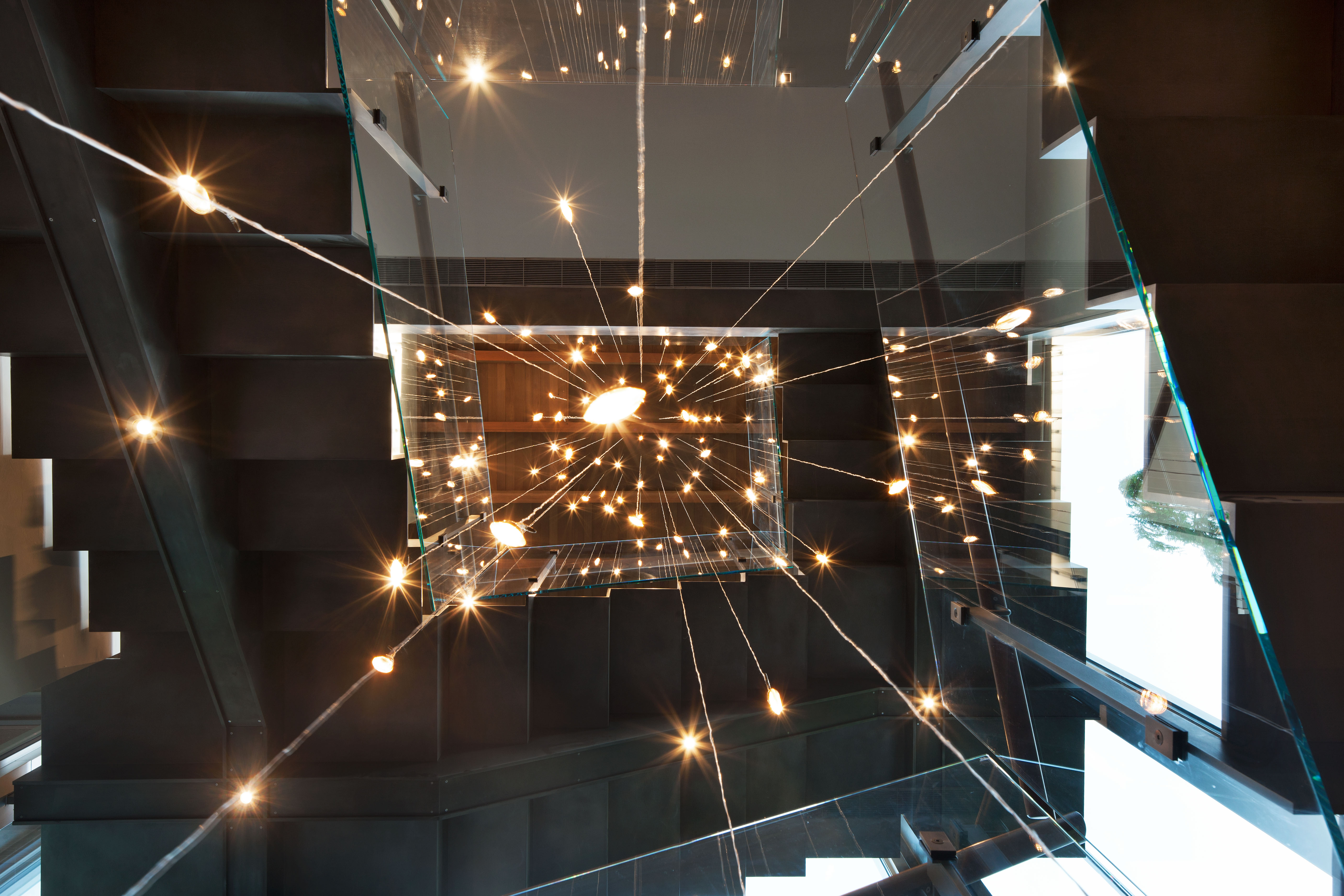Passive House: A Strict Standard of Efficiency

Image source:treehugger.com
Building desires and standards are changing in Metro Vancouver, especially on the North Shore. As clients look at building customer homes in and around the North Shore, more and more are looking for new and innovative ways to design and build energy efficient homes.
Why Passive House?
The Passive House Standard (Passivhaus in German) is a building approach with very strict technical requirements for air tightness, energy efficiency, and prevention of thermal bridging. Its design uses techniques to achieve 80%-90% energy savings for buildings constructed using this standard. The result is a comfortable, quiet, energy efficient structure which can be built (or renovated) at a cost that is only slightly higher (approximately 10%) than traditional construction. Passive house construction is not only for single family homes. The standard works for renovation and new construction in schools, commercial buildings, and multifamily projects.
The primary objective is to minimize heat loss by optimizing the thermal performance of the building envelope. A Passive house means that you should not need any active energy to heat or cool your house. The energy efficient envelope gathers and holds heat from passive sources, primarily solar. Thus the building shape, site orientation, and thermal mass are important design principles.
Six Main Components to a Passive House:
- Solar Orientation-A Passive House always faces the sun.
- Insulation-A Passive House has an uninterrupted insulation around the entire exterior surfaces
- Air Tight-A Passive House reduces the major source of heat loss, infiltration, by having a well detailed continuous air barrier
- Ventilation-A Passive House stays fresh by having a very efficient heat recovery ventilator to provide air throughout.
- Thermal Bridging-A Passive House reduces heat loss and increases longevity by not having any structure spanning from the conditioned space through the insulation to the exterior.
- Windows and Doors-A Passive House stays confo9rtable all year by using windows and doors that also follow all the key concepts.
The annual energy needed to heat a Passive house is only 15 KWh/m2 versus the Vancouver average of 160 Kwh/m2. This equals the heating power of 10 tea lights or the body heat of 4 people to heat a 200 square foot room in the middle of the winter. With up to 90% of energy saved in heating over conventional building standards, Passive homes are the world’s leading standard in energy efficient construction.
Although the vast majority of passive structures have been built in Europe, the number of Passive units in North America has quadrupled in the last year, from 500 to over 2,000 units, and a quarter of these are in Vancouver alone. North America will soon boast nearly 2 million square feet of certified Passive house buildings, three times more than in 2015.
Not surprisingly, the majority of Passive house buildings are residential, most of these single-family homes. Non-residential projects are less common, but this is a reflection of relatively few developments specifying highly efficient standards. (The City of Vancouver’s leading-edge Zero Emissions Building Plan calls for a 90% reduction in emissions from new buildings by 2025, and achieving zero emissions for all new buildings by 2030). Every year we see more and more Passive homes being built in the Vancouver area.
Not just about energy efficiency, there is also certain calm to a Passive house. The calming silence of a Passive House is all about its super insulation, but what makes it so comfortable? Along with really good insulation and high-performance windows and doors, it’s the filtered air from the Heat Recovery Ventilator (HRV). Quiet and comfortable, the house temperature rarely varies four degrees, plus, there are no drafts or cold spots.
House builders have been watching Europe and see the writing on the wall; much of that continent may move to a passive standard for its minimum building code in the coming decades. Canada will surely follow.
Sources:
http://www.passivehouse.ca
http://www.straight.com/news/846276/passive-house-building-boom-shows-low-carbon-future-may-be-closer-we-think
http://www.passivehousecanada.com
